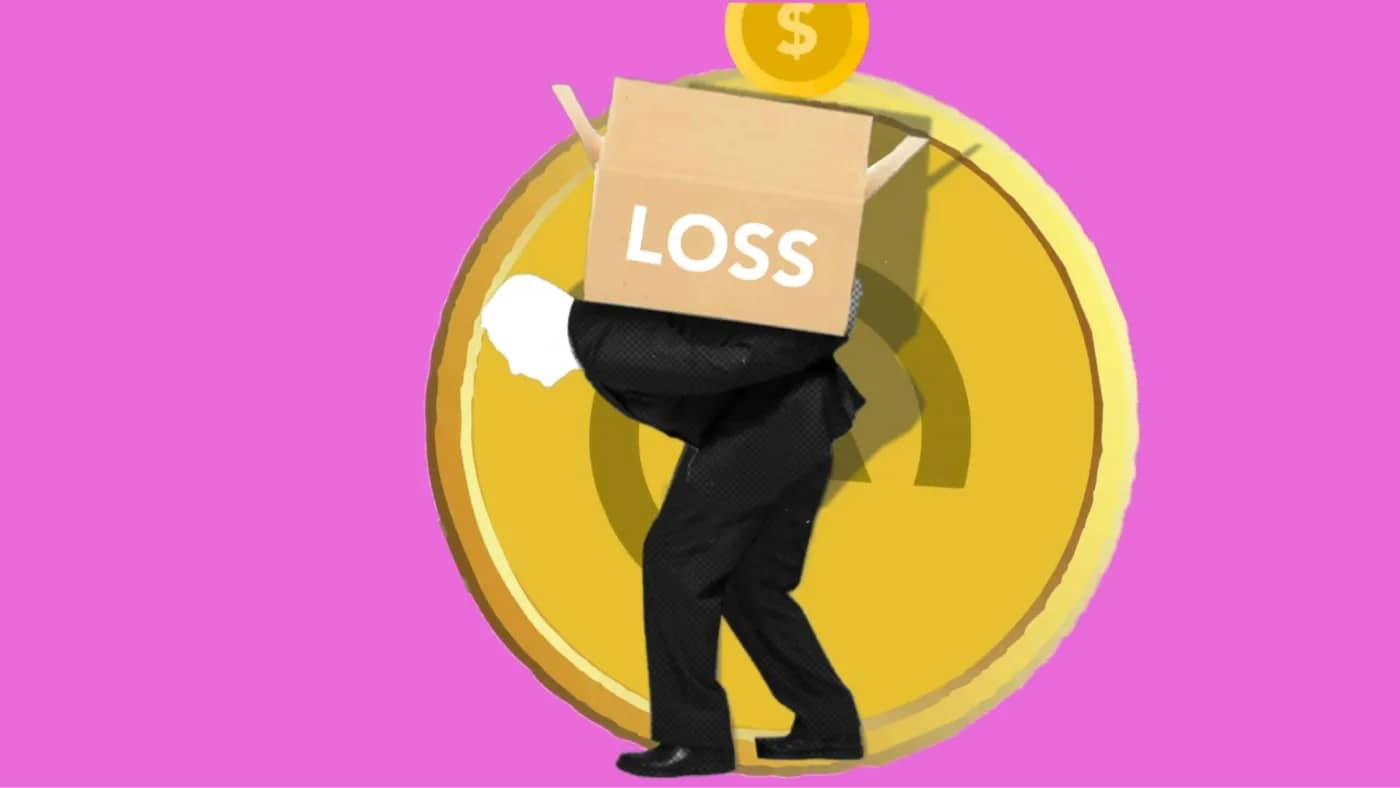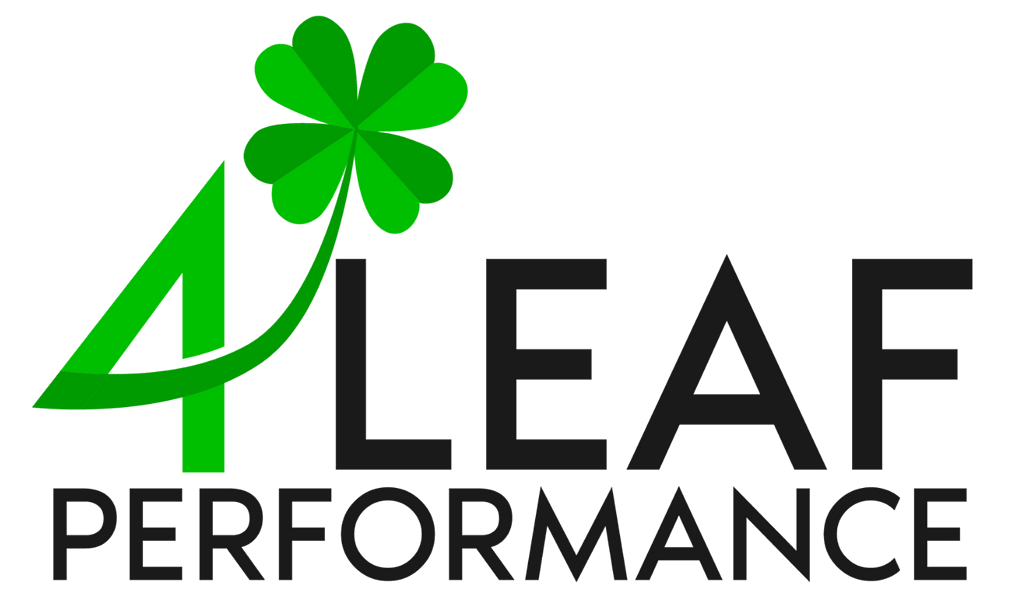The allure of business success often overshadows the equally crucial aspect of personal fulfillment. The journey to building a highly profitable business is fraught with challenges, misunderstandings, and the harsh truths of the entrepreneurial landscape. Our business coaches, Andrew Lamb and Luke Dillon discuss this issue, relating it to their struggles as business owners.
Business Success vs Personal Fulfillment: The Harsh Reality
Join Andrew Lamb and Luke Dillon in an enlightening conversation that traverses the precarious landscape of maintaining profitability while staying true to your core vision. This discussion delves into the harsh realities of business, from the brink of financial collapse to the intricate balance between passion and profit. Unearth the strategies that can steer your venture towards sustainable success without compromising your foundational values.The Entrepreneurial Myth
The entrepreneurial journey is often romanticized with tales of overnight successes, visionary leaders, and the promise of immense wealth. However, this portrayal glosses over the stark realities many entrepreneurs face in their quest for business success.
Andrew Lamb addresses a common misconception:
“Let’s talk about some of the harsh realities of business: entrepreneurial ventures and why everybody thinks that these lead to immense riches. Let’s be honest, they don’t. Some of the gross margins of small businesses are in the single digits. Their biggest wealth comes at the exit of their business.”
The Rarity of Successful Business Exits
Expanding on the difficulties entrepreneurs face, Andrew Lamb sheds light on the statistical unlikelihood of a successful business exit:
“Most business owners in small businesses have margins that are in single digits, and their wealth is when they exit. But only 1 in 11 businesses in the US sell at the end of their term. In the UK, that number is 1 in 15. These are some pretty harsh realities. It’s not all Lamborghinis out there.”
The low success rate of business sales in the US and the UK serves as a sobering reminder of the business world’s competitive and often unforgiving nature. Entrepreneurs must navigate challenges from market saturation to evolving consumer demands, all while maintaining profitability and growth. The dream of a successful exit remains just that—a dream—for most business owners, underscoring the need for realistic expectations and strategic planning from the outset.
Business Success: The Exit Strategy Paradox
A clear exit plan is not just a safety net—it’s a crucial component of a successful entrepreneur’s toolkit.
Andrew Lamb emphasizes the critical necessity of having an exit plan, stating,
“At the end of the day, businesses have got two options. One, sell. Two, close. Those are the only two options you’ve got.
You’re either going to sell your business, or you’re going to close your business, and that’s it. Even if you’re handing it down to your family members, you should always sell it. Why are you giving the nest egg away? Another frightening statistic: 90 percent of businesses that are handed down to the second generation fail. Another hard, hard reality out there.
So why would you give that business away, something that you’ve worked hard on, to somebody that’s going to fail? We’ve got to set up for success.”
The failure rate of businesses passed down to the next generation is alarmingly high, challenging the romanticized notion of legacy and succession in family-owned enterprises. This statistic is a cautionary tale for business owners, urging them to consider their ventures’ long-term viability and strategic planning.
While entrepreneurs drive themselves to grow and sustain for business success, acknowledging the potential need for an exit underscores the pragmatic aspect of business management. This realization does not diminish the entrepreneur’s passion or commitment. Still, it enhances their strategic foresight and preparedness for the challenges ahead.

The Power of Numbers
Financial Pitfalls and Recovery Strategies
Luke Dillon recounts a particularly challenging period during the COVID-19 pandemic, which brought his business to the brink of collapse,
“I’ve owned, closed, founded, and bought more than 12 businesses on my journey, and the business that comes to mind was a home heating business that we had during COVID. It was retail and not being essential services, it couldn’t continue to operate. And it was quickly apparent that, when we looked at the runway, there wouldn’t be a business unless we made some quick decisions.
So, I think the key thing is operating profitability, your sales pipeline, and your cash flow forecast. Those are the things we looked at. We couldn’t operate because of the restrictions that were placed globally on retail businesses, so that became a huge challenge. As a result, cash flow and all the overheads were still there.
So, when we did a forward projection on sales and cash flow, we realized that we had to make some pretty quick changes. We did that quite quickly, fortunately, not knowing how long COVID would carry on as no one did. But we made those adjustments quickly, we stripped out all the expenses we could, we took the business online as much as we could, and managed to exit successfully.
We had one big competitor in the market. They wanted that market share that we had actually stolen from them. So fortunately, having an exit strategy up front enabled us to exit early, albeit not at a price that we are looking for. But if we hadn’t had that strategy and hadn’t looked at cash flow and said, okay, could we survive another year, then we definitely wouldn’t have made the right decision, and we would have lost everything.”
Operating profitability, sales pipelines, and cash flow forecasts are lifelines for a business facing adverse conditions. Luke’s proactive approach to adjusting operations, cutting expenses, and pivoting to online sales exemplifies how a strategic focus on the numbers can facilitate a successful exit strategy, even when the market seems unforgiving.
Marketing Misfires and Lessons Learned
Andrew Lamb brings to light the challenges of marketing investments that don’t pay off as expected, stating,
“I’ve had many projects that we’ve run in my current business life and previous corporate lives.
One example I’m going to share is marketing. So, I pursued an aggressive marketing campaign, outsourced marketing, and brought an organization into the business to revamp the marketing.
We did our due diligence on the company. They were specialists, and we did a lot of work with regards to getting the content and the knowledge correct. And we launched with a significant investment in this endeavor.
Spreadsheets drove the numbers. From a spreadsheet perspective, the numbers made sense. So we went for it, and we pumped money into it. We were looking for a return on revenue.
We understood that there was a period of time for things to grow and evolve but once we started to look at the numbers, the numbers weren’t showing what we were promised.
We weren’t getting in, we weren’t getting the return on revenue, but we were committed to the project, so we kept moving the project forward, and kept moving the project forward.
In the end, the project did not deliver on the return on revenue anywhere close to what it should have done. This was all contrary to all the data we’d seen before. It was contrary to all the statistics.
We did manage to get it on life support. But for a business owner doing cardiac arrest on your business, on a project, it’s extremely tiresome.
You’ve got the financial challenge. You’ve got the emotional challenge. You’ve got the business challenge. We got to the point where I lost belief in the program, and we lost belief in the numbers, and we had to cancel the project.
One of the things we do is we always do an after-action report. What did we learn? And we concluded that we should have terminated the project four months earlier.
It took about seven to eight months to recoup both the time, the effort, and the money that we sunk into that operation, into that project, to get back to where we needed to be. It was pretty costly both in time, money, resources, and emotion.”
Lamb’s story highlights the importance of closely monitoring financial metrics and being prepared to make tough decisions when the numbers don’t align with expectations. Financial analysis and accountability play a critical role in managing a successful entrepreneur’s ventures, even if they don’t lead to business success.

Passion vs. Profit
In the quest for business success, it’s easy to lose sight of the personal values and passions that initially fueled the entrepreneurial spirit. Luke Dillon offers a perspective that bridges this gap, emphasizing the significance of a robust and purpose-aligned team in driving passion and profit. He states,
“Not only in my own business experience but in experiencing business vicariously through clients and friends that it became a passion of mine to look at businesses and see why is that business in this sector successful?
And the marketplace is showing all of them to be unsuccessful. What I’ve really come to understand is that there are three key drivers: team, time, and money. I think the most powerful is team. When I look at the businesses I’ve owned and sold successfully, they’ve had great teams. The businesses that weren’t successful had weak teams. And it was my luck with the good teams and my fault with the bad teams.
I think some of the best advice I’ve received recently is if you’re not learning something from a candidate in an interview, then you shouldn’t hire them. And when I look at teams today and I see powerful teams, that is a real passion for me. If they align to the purpose and the goal of the business and they understand the profits and the profits are realistic, you’re not taking advantage of the markets; then it’s so easy.
The profits come because your team is aligned. They’re a good team. They know how to communicate. And as a team, they work together. They work together to drive the systems in the business and get you the results you need in the business. They work together to look after your customers or your clients.”
A team aligned with the company’s purpose can drive profitability through effective collaboration and innovation, proving that passion and profit are not mutually exclusive but can reinforce each other.
The Challenges of Scaling and Diversification
Scaling a business and diversifying its offerings present a unique set of challenges that can test the balance between passion and profit. Luke Dillon shares an experience that highlights the pitfalls of expanding too quickly or without adequate market research,
“Andrew Lamb: Was there ever a moment when you had to completely sideline your original vision to keep your business afloat?
Luke Dillon: One that comes to mind is we set up a division as part of a business. We went into the landscaping and outdoor furniture space. We invested heavily from the primary business: rental agreements, new staff, staff training, uniforms, inventory, marketing, websites, you name it. All the things that you have to do when you establish a new division. And it just didn’t get the traction. The market research we had done was inadequate, and it was incredibly painful.
We got to the six-month point, we were hundreds and hundreds of thousands in, and we had to terminate staff. We had to exit a lease, fortunately, with an understanding landlord because we were a primary tenant on another property of his.
It’s not only the humiliation that you feel but it’s also letting down your suppliers, the new agreements you have in place, letting go of staff, and the dreams that they had at joining. So it was really painful. It was an embarrassing lesson, but I think the thing that we did right was to call it early to say we’ve misread the market.
We’ve made some glaring errors, and we could have hobbled along for another year or two years and maybe recoup the initial investment, but ultimately, could we have focused on it enough without sacrificing another business or cannibalizing sales through loss of time and focus?
It was a real challenge, and yeah, it was a huge loss, but I think that’s the difficulty in businesses: knowing when to make that decision to say, okay, your first loss is your best loss.”
While diversification can be a growth path, it requires careful consideration and alignment with the business’s core competencies and market demands. It’s also essential to be willing to make tough decisions like cutting losses early to prevent further financial and emotional drain, preserving the entrepreneur’s passion and the business’s profitability.

Leadership Vulnerabilities and Corporate Pressures
Pursuing a highly profitable business and the drive for personal fulfillment place immense demands on leaders. The responsibility of making decisions that affect the livelihoods of employees, stakeholders, and the business itself can be isolating. This isolation is compounded by the pressures to continuously drive growth and profitability, often at the expense of personal values and fulfillment.
Andrew Lamb contrasts the value systems in corporate and entrepreneurial settings, highlighting the intense pressure to meet financial targets in the corporate world. He reflects,
“Luke Dillon: In your corporate experience, how often do profit motives overshadow core values or personal fulfillment?
Andrew Lamb: All the time. Corporate world versus the small medium business world. The private world is far different. In the corporate world, it’s a lot more cutthroat because you’ve got to hit your numbers every quarter. You’re answerable to the shareholders and your customers.
Everything’s about shareholder value and meeting the numbers. If you don’t meet the numbers, people get all upset. Your stock price goes down. If you meet your numbers, yay, guess what happens? The target goes up. Nobody wants to hear a down month or a down quarter or a down year. Everybody wants to know how are you going to do better?
I think in the private world, you’ve got a lot more leverage. You’ve got a lot more ability to not meet the numbers. I’m not saying not meeting numbers is a good thing, but let’s look at Dell. Dell had a lot of issues with regard to their stock price and where they were going after some big acquisitions. Michael Dell took the business back private because he needed to do some very big restructuring within the business.
He restructured it and then brought it back to the market. Could he have done those things while he was still public? I think the debate is still raging on that one, and I think the majority of people would say no because of the pressures of the market. But go look at what that business is now. It’s fantastic. They bought against some of the numbers, and they told the story of why they were doing it: those are your numbers, not my numbers. I’m developing leadership. I’m developing leaders.”
Mentorship and coaching are an excellent means to navigate these vulnerabilities and pressures. Experienced mentors can offer guidance, support, and a fresh perspective to leaders struggling to balance the demands of their roles with their well-being. This support is invaluable in fostering resilience, promoting strategic decision-making, and maintaining alignment with core values amidst the relentless pursuit of business success.
Strategic Decision-Making and Team Dynamics
Strategic decision-making involves the analytical evaluation of data and trends and the intuitive understanding of the market, the business’s capabilities, and the team’s strengths. Effective strategic decisions align with the business’s long-term vision while being flexible enough to adapt to immediate challenges and opportunities. This delicate balance defines a successful entrepreneur: the ability to pivot when necessary, recognize when a new direction is needed, and seize opportunities that align with the business’s core values and goals.
Equally crucial to the success of a business is the dynamics of the team that powers it. A cohesive, motivated, and skilled team is the engine that drives a business forward. It’s essential to build and maintain an effective team. It involves not just recruiting talented individuals but also their continuous development, fostering a supportive and collaborative culture, and aligning individual goals with those of the business. When a team is well-aligned with the business’s purpose and objectives, it operates like a well-oiled machine.

Mastering the Balance Between Profitability and Personal Goals
The path to becoming a successful entrepreneur has many challenges that demand a keen understanding of business mechanics and a deep alignment with one’s values and goals. Andrew and Luke’s stories emphasize the necessity of preparedness, resilience, and strategic foresight in navigating the complexities of the business world.
Consider 4 Leaf Performance’s executive coaching services. Our coaching programs are designed to empower business leaders and entrepreneurs like you to achieve remarkable business success and profound personal growth. Through personalized strategies, actionable insights, and unwavering support, we aim to be your partner in navigating the complexities of entrepreneurship and leadership.
Your journey toward business success and personal fulfillment is unique, and we are here to support you every step of the way. Please share your stories, engage with our resources, and let’s grow together.



